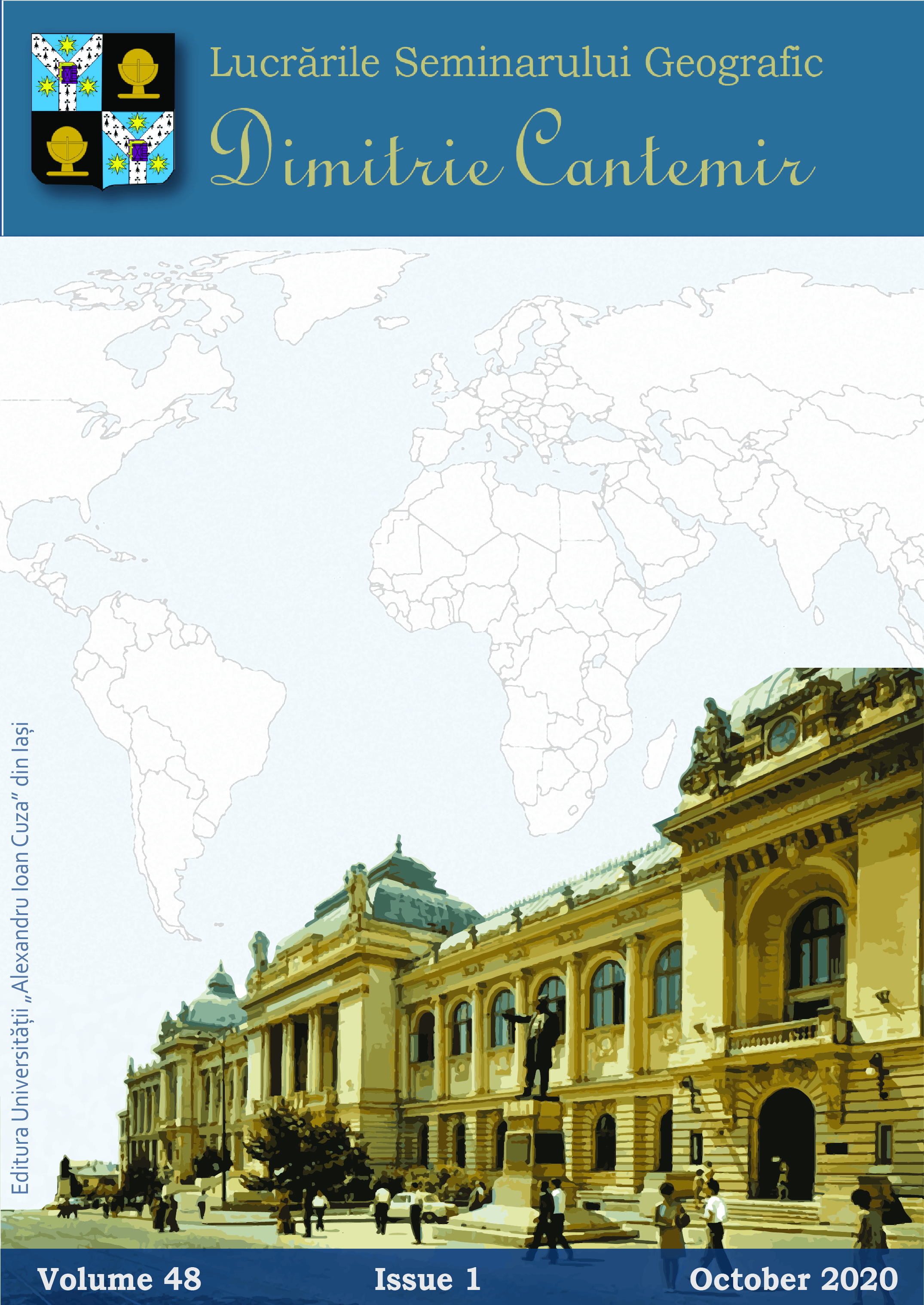Harmonisation et simplification dans la mise en œuvre des programmes transfrontaliers Interreg: la quête du Graal ?
Harmonization and simplification dans la mise en œuvre des programs transfrontiers Interreg: la quête du Grail?
Author(s): Eric DelecosseSubject(s): Geography, Regional studies, Human Geography, Policy, planning, forecast and speculation, EU-Approach / EU-Accession / EU-Development
Published by: Editura Universităţii »Alexandru Ioan Cuza« din Iaşi
Keywords: Interreg; European territorial cooperation; cross-border; simplification; cohesion policy;
Summary/Abstract: In 25 years, European Territorial Cooperation (ETC), also known as Interreg, has risen from the rank of a Community initiative program to becoming a fully-fledged objective of cohesion policy. This development is often presented as a significant qualitative leap (Wassenberg, 2017) of Interreg programs and their contribution to the objective of cohesion. The refocusing of the different components of the cohesion policy on two priority objectives now also has as a corollary the stated desire to harmonise as much as possible the rules for implementing the programs and the methods of intervention of the various European Structural and Investment Funds (ESIF). In addition to seeking harmonization in terms of implementation, the European Commission also states, through its communication, an ambition to simplify the rules and procedures. In this environment marked by the search for clarity and simplification, is there a place for the specificities of the cross-border context? If so, how can they be taken into account? Is this an opportunity or, conversely, an additional difficulty for the stakeholders in charge of organizing and deploying cross-border programs on the spot?
Journal: Lucrările Seminarului Geografic ”Dimitrie Cantemir”
- Issue Year: 48/2020
- Issue No: 1
- Page Range: 7-22
- Page Count: 16
- Language: French

